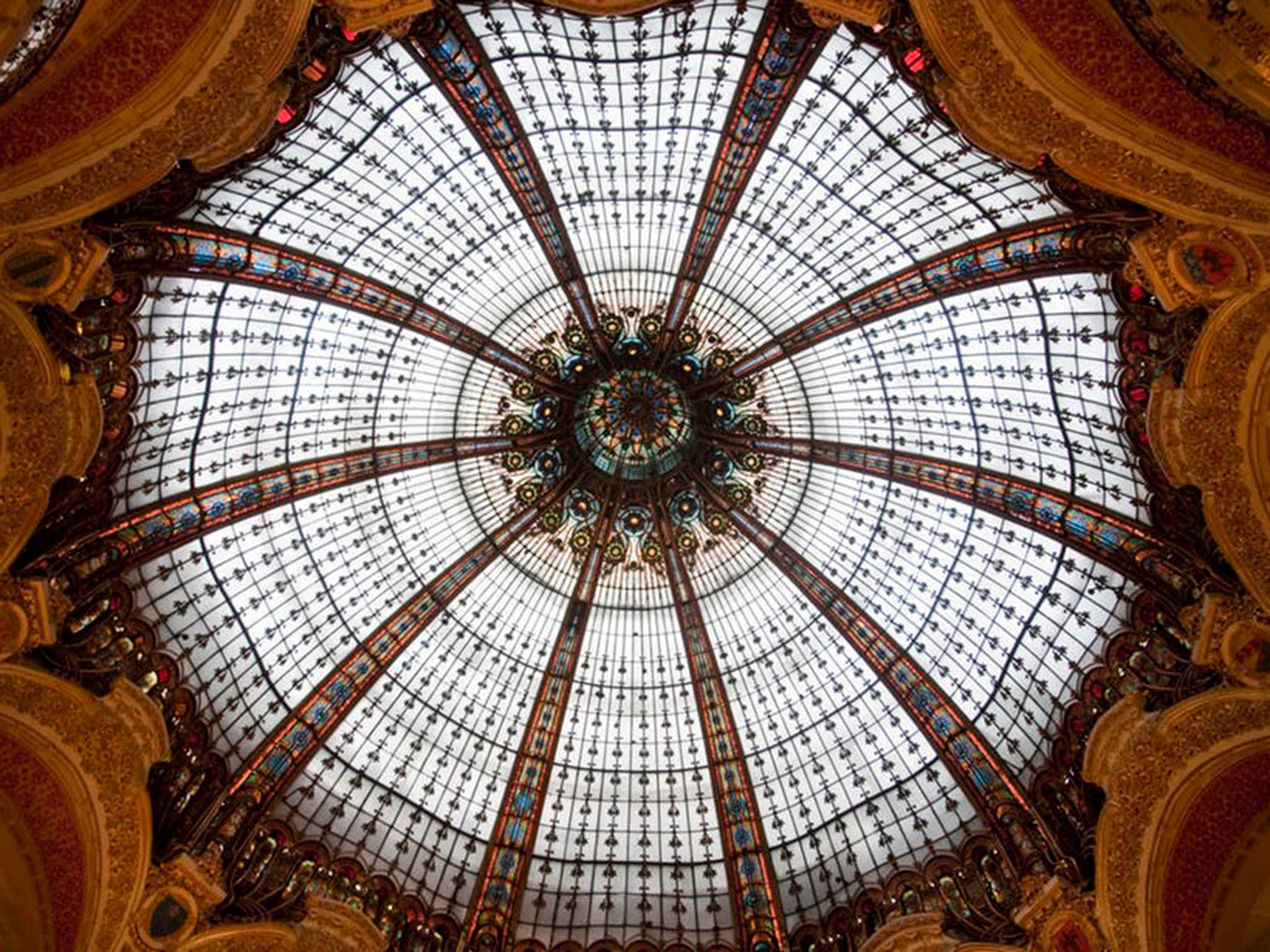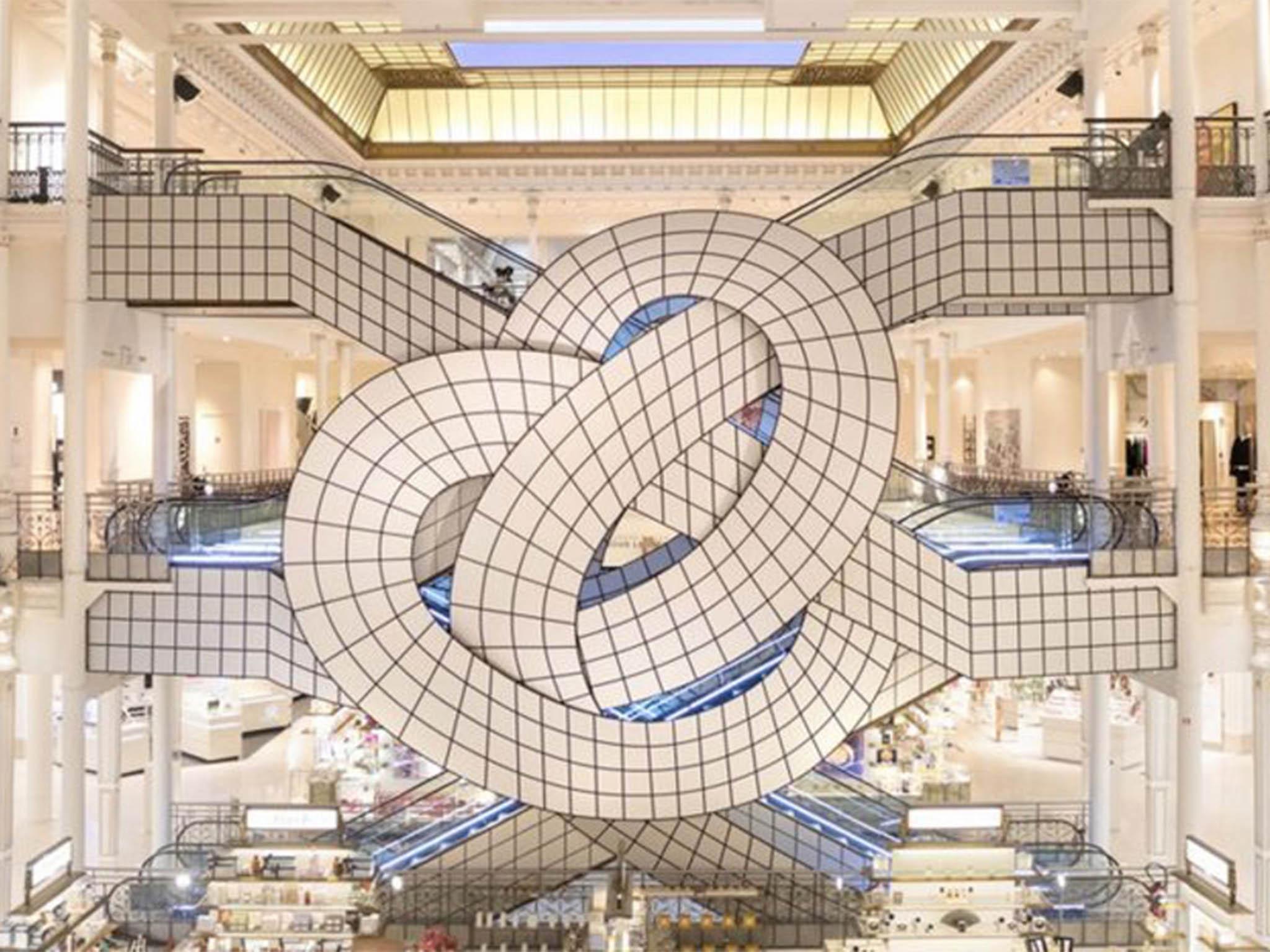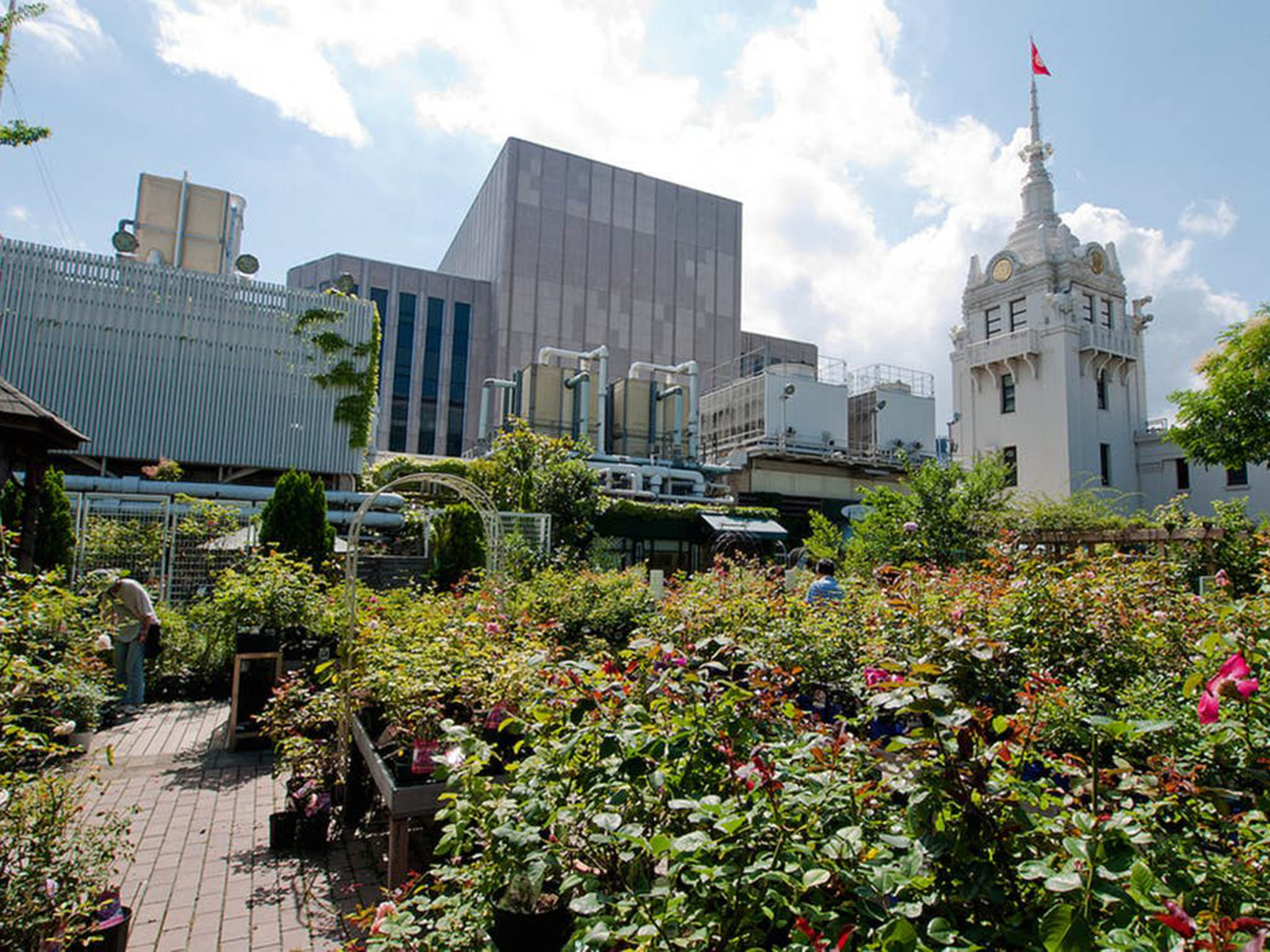Troubled times for department stores means they need to adapt – here’s how
As House of Fraser announces store closures, times are tough for retailers. But this doesn’t have to mean terminal decline, as these innovative brands are showing

Department stores were once seen as innovative. They stocked wide ranges of goods – Noel Coward once bought an alligator from Harrods. It was Harry Gordon Selfridge who coined the phrase “the customer is always right”. Stores rewarded customer loyalty by providing exclusive credit via store cards. Little by little, all this eroded.
To the news that House of Fraser is closing half its stores, we can add a profit warning from John Lewis. Times are tough for retailers, to be sure, with Toys R Us and Maplin going under, and mainstays like Marks & Spencer and Mothercare shutting branches. The threat to department stores is perhaps especially troubling, since they act as “anchors” for entire high streets and shopping centres.
Debenhams recently announced job cuts and store closures, while the last BHS disappeared two years ago. Worse, the trend looks global: those reporting either sales declines and/or store closures in recent years include Myer in Australia; Karstadt and Kaufhof in Germany; Macy’s and Sears in the US; and Brown Thomas in Ireland. (Some, such as Macy’s and Karstadt, look like turning around.)
The challenges are numerous. Bank credit cards let customers shop wherever, while cut-price specialists offer deeper selections at cheaper prices. People shop online with much less effort. Yes, physical stores let you handle goods, but a recent major survey found 64 per cent of customers leaving a store due to poor customer service.
So are we talking terminal decline? I am involved in research that strongly suggests otherwise: we may just be seeing a shakeout of weaker offerings. Here are five ways for department stores to ensure an optimistic future:
Offer an experience
The whole of retail has shifted from a purely transactional focus towards giving customers experiences. Some department stores do this better than others. Macy’s virtual reality showrooms in New Jersey and Florida, for example, invite customers to work with a “concierge” to build a 3D replica of their own living room. They then preview furniture and home decor options in virtual reality. Macy’s is rolling this out to 50 stores this summer.
The next step is to make experiences transformational – challenging customers’ preconceptions about themselves and the world around them. In-store art installations and exhibitions have the power to do this. The Selfridges Flipside exhibition in London was all about challenging the meaning of luxury: the store invited seven brands including Louis Vuitton to create installations that pinpointed what true luxury is now.
Le Bon Marché in Paris has used its space for art exhibitions featuring contemporary artists like Ai Weiwei, Chiharu Shiota and Leandro Erlich. Erlich, of Argentina, created an installation that made the escalator look like it was tied in knots, for example. Using global artists has the added advantage of raising a store’s profile in the international press.

Build a community
Department stores are more likely to succeed if they build a community around themselves. Major art exhibitions are one option; Liberty London has achieved something similar with a sewing school. Fortnum & Mason of London runs Christmas workshops for things like the perfect New Year’s dinner party and, for children, Christmas cupcake decorating.
Department stores are also building virtual communities, typically around the brand and specific interests. US department store Nordstrom was among the first luxury brands to create its own Reddit username and community. Galeries Lafayette and Selfridges are good at using Facebook, Twitter and Instagram to have dialogues with customers.
Encourage socialising
The longer someone stays in a store, the more likely they are to make a purchase. One way of increasing “dwell time” is to encourage socialising in store. Retailers often do this to encourage shopping with friends and family: craft tables for children, or pampering services like nail, brow and blow bars. It’s wise to make this fit with the store’s brand – or a particular element. It is no accident that Selfridges’ Hemsley + Hemsley clean eating restaurant is in the London flagship store’s Body Studio.
Encourage customers to socialise and they’re also more likely to get involved in the store’s brand. Marketing expert Michael Solomon’s new book talks about “return on involvement” (a play on return on investment) – get them more involved and the cash tills ring louder.

Be unique
Innovative retailers offer “only at this store” experiences – Bergdorf Goodman of New York’s exclusive distribution deals with emerging designers, for example. Mitsukoshi of Tokyo boasts a famous rooftop garden, while the world’s largest department store, Shinsegae, Busan in South Korea has an ice rink, spa, indoor golf space and cinema.
The concept store has emerged in recent years: department store variety, but on a smaller scale. Many are seen as destination stores. For instance Tenoha, with outlets in Tokyo and Milan, features a co-working cafe, a private meetings room and an events and pop-up space.
Successful department stores also tend to have a very individual aesthetic. As well as Selfridges and Fortnum & Mason in London, the likes of Ilum in Copenhagen, Saks Fifth Avenue in New York, Grieder in Zurich and TsUM in Moscow can all testify to this.
Brand, brand, brand
What is the brand identity of Debenhams? Or House of Fraser? A department store needs to have a brand with a purpose. Strong examples in the UK include Selfridges, which is built around creativity and vision, while Liberty of London is about opulence, decoration and pattern. I’d also still include John Lewis, which is about value and integrity – its new 10-year strategy heavily prioritises innovation and service.
Ruth Marciniak is a senior lecturer in fashion marketing at Glasgow Caledonian University. This article first appeared on The Conversation (theconversation.com)
Join our commenting forum
Join thought-provoking conversations, follow other Independent readers and see their replies
Comments